Everything that is old is new again… Back in January 2002, this paper by Albert Stecken was circulated throughout the dressage world, years later his words are still as relevant today as they were then…
The following paper was written by General Albert Stecken and presented on his behalf by Jo Hinnemann to a meeting of FEI International and Official International judges at Warendorf. It was translated by Jo’s pupil, Leonie Bramall of Canada, and was kindly forwarded to our magazine by Nick Williams, a member of the FEI committee appeal, and a recently retired international dressage judge. We appreciated his interest in the ongoing dressage debate in Australia.
The sport of dressage has grown immensely in the last years and there are still developments that need to be discussed.
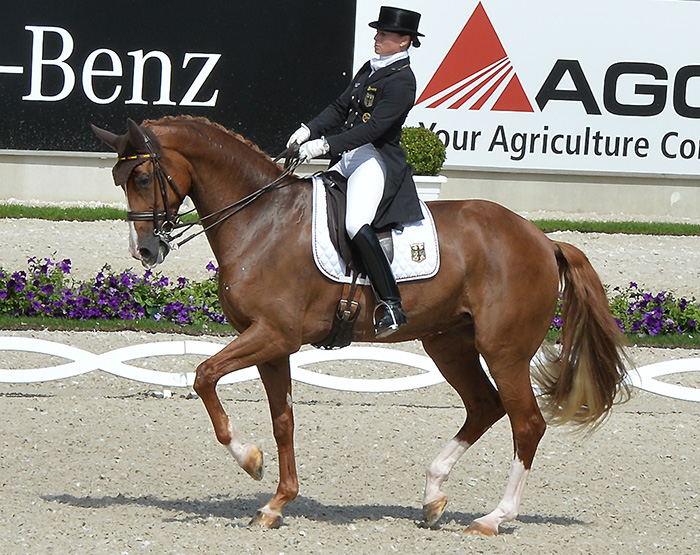
Isabell Werth and Bella Rose
The theme of my speech is ‘The Short Neck’, however it should also be expanded using the subtitle: ‘Accepted Because We Are Used To The Look?’ I don’t want to bore you with this old subject which has already been through the international press as: ‘Rolling In The Neck; rather I want to make you aware of the horse’s frame, that, when presented in the competition, you as judges are responsible for giving positive or negative scores.
I hope my speech will start positive discussions among you. At the same time, I hope it will support riders and trainers to be able to concentrate on good solid basics of dressage. In the long run, they will be able to achieve higher scores. In the last two or three years, all too often at large national or international shows, I have seen horses that were too short in the neck during most parts or even during the entire test. These tests were given high scores and were often well placed in the class.
When I say ‘Short in the Neck’, I mean that the horse’s profile no longer shows a freely carried neck with a smooth arch from withers to poll. The poll must remain the highest point, with the nose always slightly in front of the vertical. Unfortunately, a short neck is often scored wrong. This incorrect frame is scored too high, which leads the rider to believe that this is a correct, acceptable frame for the horse to have.
When I ask ‘Is this correct or acceptable?’ we find the answer clearly stated in our FEI Rules and Regulations, Article No 4 0I, which are the guidelines for the appearance, frame and quality of the dressage horse. As licensed judges and qualified experts, according to the FEI Articles you are bound to accept these rules. Our German National Rules come from the FEI and are identical. We find a second answer in the expert opinions of equestrian literature and simply in our basic theories of riding. I think it is necessary to deal with riding theory to make it clear that judges have to keep in mind not only what they see in front of them, but the reasons for it
More important, we should recognize and note the following points. The two main causes of a short neck are:
Too much contact with the mouth, or not enough contact with the mouth.
Let us establish the characteristics of the correctly going horse. Firstly, the horse moves forward with an active bending in the joints in the hindquarters. This leads to using this impulsion over a supple, swinging back carried forward, which leads to a freely carried neck with a giving poll carried as the highest point. The contact to the rider’s hand is even and soft. The horse gives easily to the bit.
If the horse doesn’t fit these characteristics, there is a definite reason. Too much contact to the mouth generally leads to the nose dropping behind the vertical, at the same time, the poll is no longer the highest point. Without a doubt, this leads to a hindering of the hindquarter activity, as well as the free looseness of the neck, chest and leg muscles that lift and extend the forelegs. Expression in movement is lost. The result has to be scored negatively. In all walk tempos, the front legs reach a shorter distance. In the collected trot, there is a lack of activity in the hindquarters. It becomes even more obvious in the collected canter, where the stride becomes quick and short and the required forwards upwards canter stride is lacking. The horse doesn’t come off the ground anymore; the movement becomes very flat.
Too much contact leads to an extreme overloading of the horse’s strength. Actually, the carrying power of the horse’s hindquarters is too strongly loaded, no elasticity can be produced and the hindquarters are effectively shut down. This is often seen in exercises of strong collection such as canter pirouettes. The hocks work up and down, no longer forward and under towards the centre of balance. A good example is the pirouette tour of the Grand Prix. When the horses are too much collected with the hand they are unable to proceed in a correct canter rhythm to the next movement.
Article 404 clearly describes how the various trot tempos should look. At the working trot, the hind hoof steps at least into the print of the front hoof. At the extended trot, the hind hoof definitely tracks as far as possible over the print of the front hoof. The neck must reach longer and the horse must stay in front of the vertical. The horse expresses his full range of motion. With too much contact and a short neck, the evenness, harmony, and round way of going are no longer possible. This quick, stiff movement is basically uneven and should be scored accordingly.
I have spoken about the fact that too much contact can actually shut down the jumping ability of the horse’s stride in canter. The same thing applies to piaffe and passage. With a strong contact, some horses will still passage because they are so willing, but the hindlegs are stilted with no bending of the hips, stifles or hocks. This becomes more obvious in the piaffe, it is impossible for the horse to move in an acceptable two beat rhythm and swing off the ground. Further, the transitions will not swing through forwards and upwards over the back to the poll. The horse will not give or soften on the contact.
Too heavy a contact with a short neck will always lead to a stiff poll, the horse will never lighten up in the bridle. As a second problem, I mentioned too little contact with the mouth. This is actually the lack of willingness to stretch the neck. The horse does not step correctly up onto the bit. Usually, the mouth is fussy, where the horse is playing with the bit so much that it can be seen or heard.
With too little contact and a short neck, the connection from the hindquarter is lost, it goes backwards out the hindquarter, instead of forwards over the back, to the mouth and into the rider’s hand. The rider will have a big problem controlling the horse’s hindquarters. One of the best examples being the trot half pass. The more difficult the exercise becomes, the more difficult it is for the rider to keep the horse in front of the leg with the poll the highest point. The danger of the horse becoming very short or tipping his head becomes greater. For example, during two tempi flying changes or one tempi, where the rider had to work more with the leg aids, the rider will have to use more contact to regulate the movement, shortening the neck even more. The same goes for the difficult movements on the centreline, pirouette – change – pirouette – change, as well as all other difficult movements.
All problems coming from a short neck due to not enough contact stem from the lack of willingness to reach onto the bit. I have to conclude that the two reasons for a short neck, either from too much contact causing a stiff poll, or too little contact causing no stretching onto the onto the bit are the result of the horse not being totally through.
The horse is through when it accepts the aids of the rider from back to front, front to back, or from side to side with no resistance. All aids in the pure sense of the word are allowed to go through, this is the base of all training.
Throughness or submission is scored in the collective marks and you as judges must give this score careful consideration. On the subject of collective marks, one should not fail to mention that during the test, the judge must recognize the origin of the riding problems I described. I also want to direct your attention to the correct hand position and proper use of the rein aids. I believe we should put this together with the already discussed problems. Any pulling, bouncing or jerking movement of the hand, including quick dropping or collecting the reins, will have a negative influence on the soft, elastic connection to the mouth. High hands with stiff or bent wrists will prevent quiet aids to the horse’s mouth.
Since the last score in the collective marks is for ‘Seat and correct use of the aids’, it is your responsibility to make sure you carefully consider your decision. The logical result of all the previous points, short in the neck, or going behind the vertical, cannot be accepted simply because we have gotten used to the look.
It is in no way correct and it should not be tolerated.
Riders and judges are bound by the rules. Riders have the duty to ride correctly and judges have the responsibility to judge correctly. No judge has the right to put his personal opinion above the valid rules. Nor does he have the right to say ‘I’m not so strict on that point’.
Our equestrian organization has provided rules and regulations for judges to follow. The judges, together with these rules, can influence or stop the incorrect developments of the dressage sport.
Luckily, we all have eyes and clear vision, I only hope that we all learn to clearly recognize what we are looking at.
EDITOR’S NOTE:
Rather than show you yet more photos of short, restricted horses, here is a selection of horses in a lovely outline, all the better to clearly recognize what we are looking at.
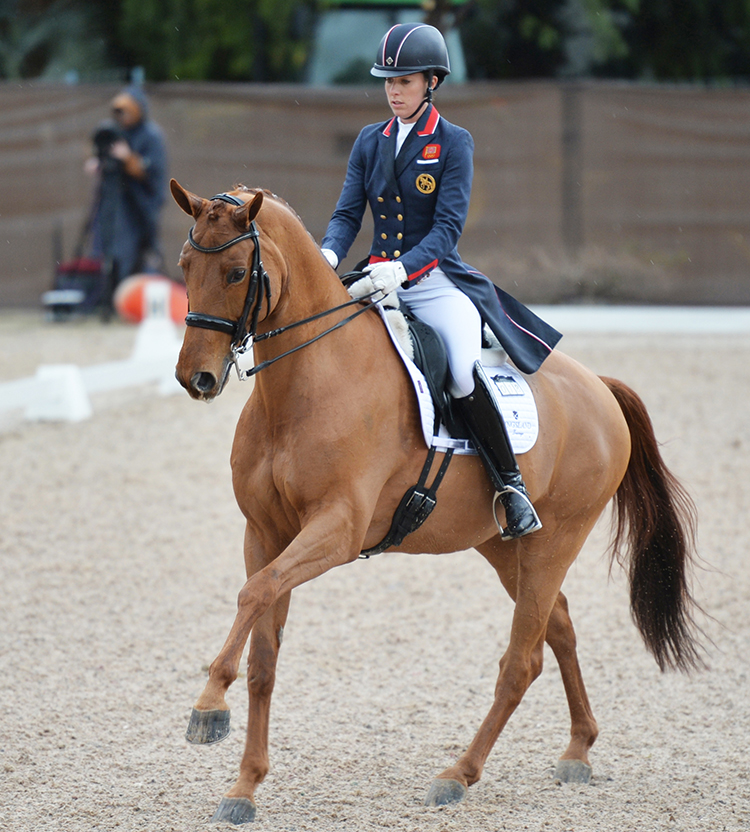
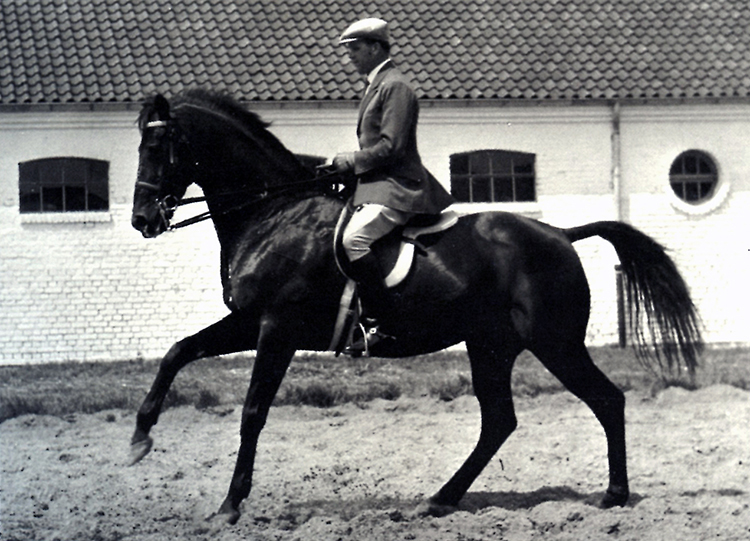
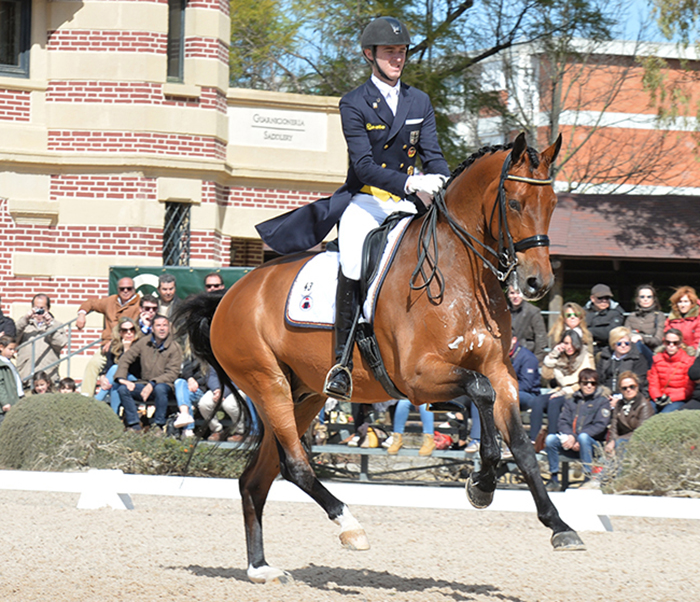
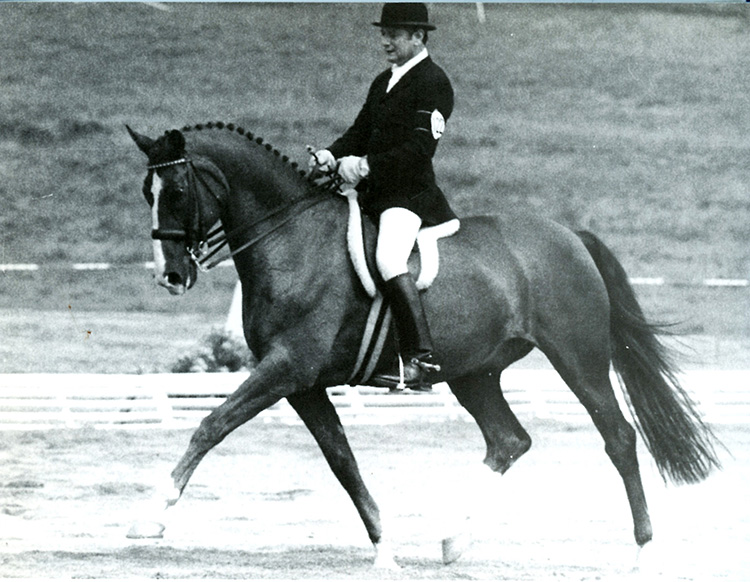
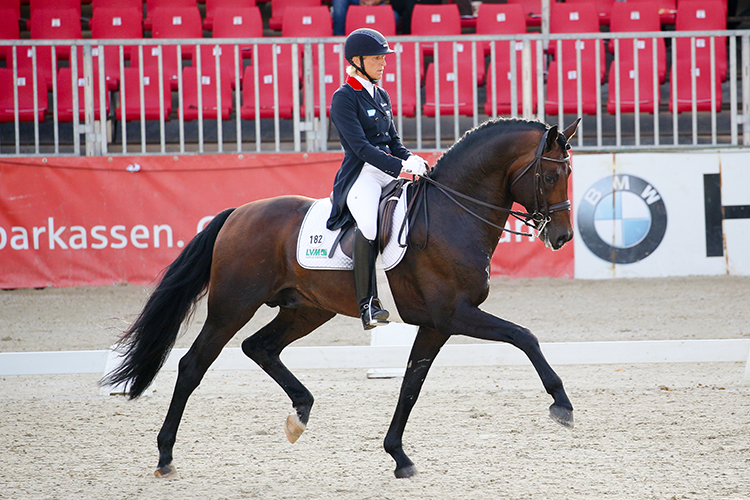
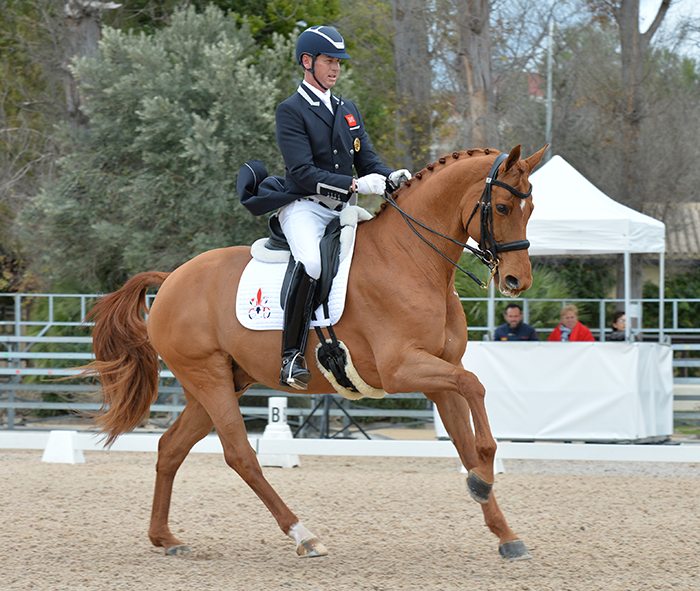
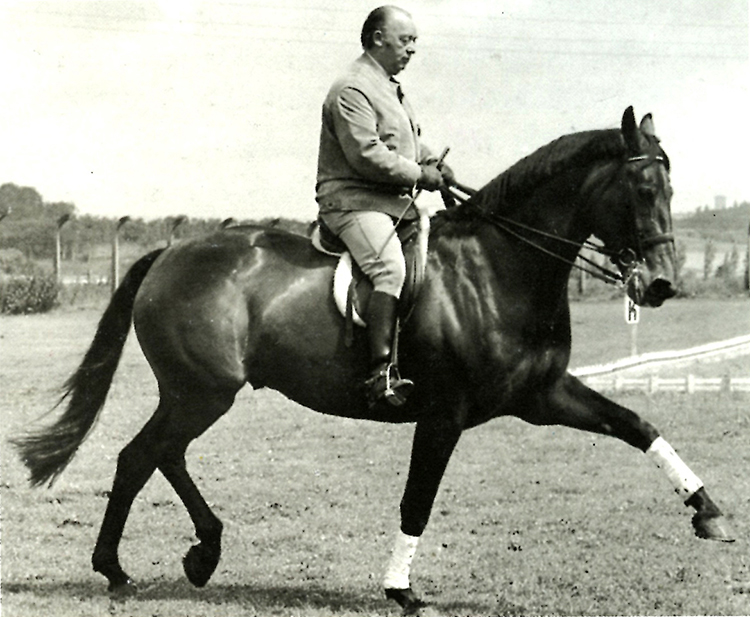
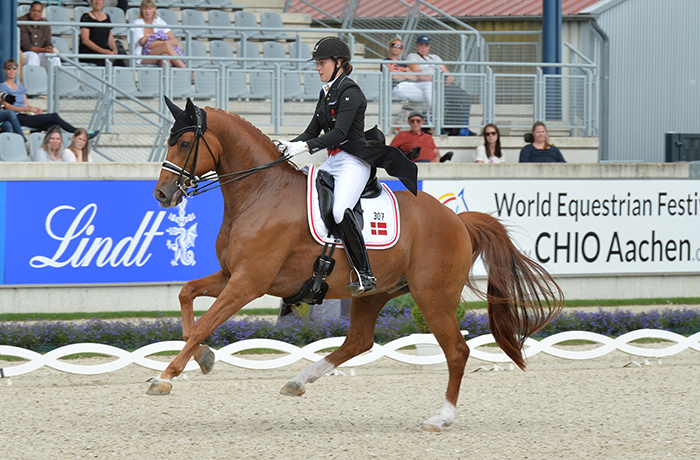
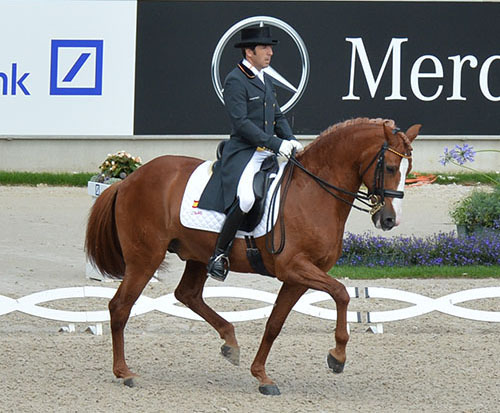
Want to breed a superstar? Want something a bit different? Go to www.ihb.com.au and see what is available for the 2022 season – you’ll be amazed at the range of top stallions.
Like Vidar – find out more – https://ihb.com.au/product/vidar/


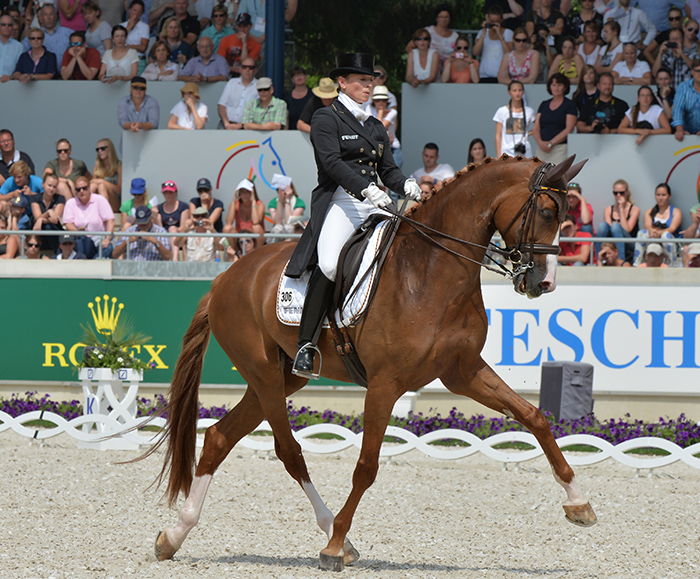
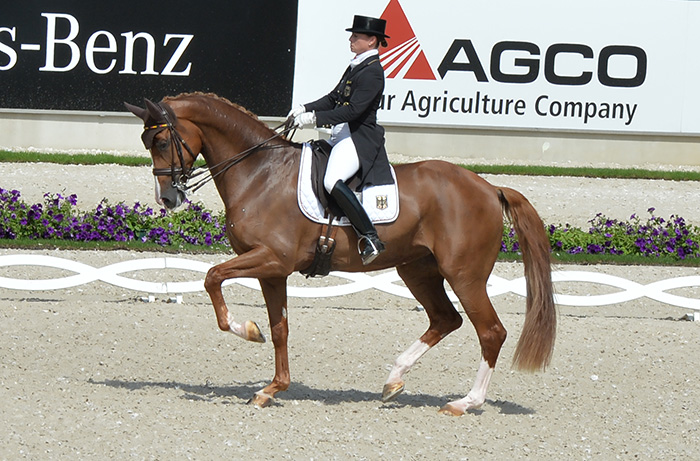
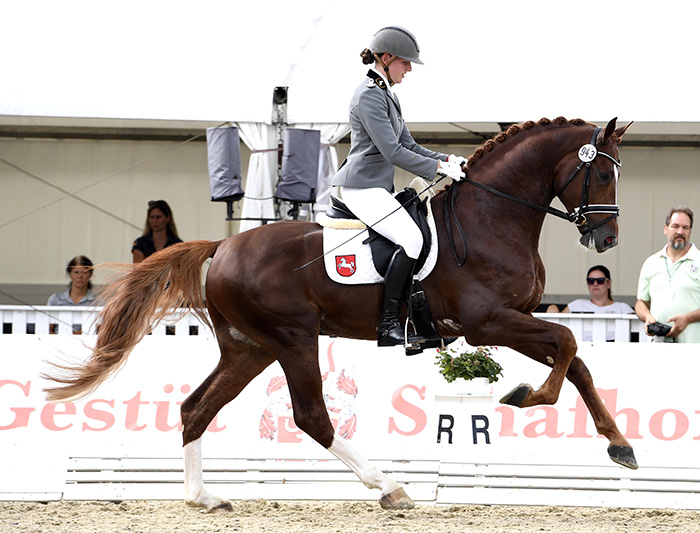
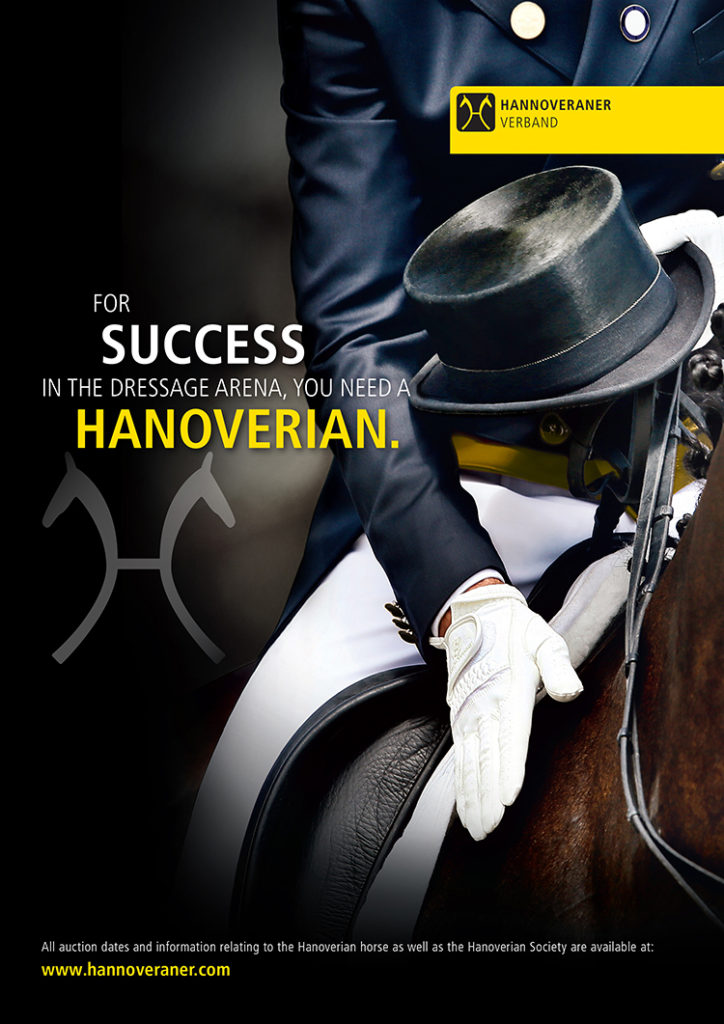
I went to Fulmer in 1975 with Ray Folley and have followed Classical Equitation ever since………Still working at it! The photo at the bottom of the article(Fantastic by the way and I sent to my friend Bo Jenna) is a superb shot of a horse not ridden off the hand. The contact shows superb training and the frame reflects this.
Who is this rider?
The rider is the great Bubi Gunther – would be nice to have him around today…
Although some of the photos you show the horses don’t have a short neck they are not engaging their core muscles and one in particular is leading with the heal down in the extended trot. Reaching too the bit has to be up through the body and connecting with the core and the shortening of the underline ( tummy) to give a longer top line.
Thank you Chris Hector for publishing this paper written by General Albert Stecken. His explanation of the correct frame a horse should exhibit in competition is what all competent dressage riders should aim for….all photos shown are demonstrating correct outline of “happy horses”.. ridden sensitively by their riders ….Michele Holiastos(Brown)…. foundation member NSW Dressage Assoc.
Read this article with great interest, then proceeded to comments. First one, Mr. Jim Ritter, hello! I was also at Fulmer in 1975. Small world. Yes old-style classical. Has stayed with me always.
You would think this came naturally to judges being such a basic but far from it. Every new flashy large mover that pops onto the scene with “short neck” syndrome is immediately scored in the eighties. Are we over that yet…….not completely I don’t think. We are used to it coming from certain riders even perhaps countries yes, as they consistently produce horses with this outline yet judges are consistently scoring them in the eighties. These might as well be horse heads on sticks being ridden because there doesn’t seem to an incentive to change while these riders still score so impressively.
Judges it seems are just human after all and are easily taken by impressive big front end moving horses no matter where the head or neck or hinds for that matter might be as long is appears up, all be they badly trained and in the completely wrong outline. Judges need reminding that these horse are in many cases born uphill and have in fact lost that ideal outline as result of training, that this is incorrect and not the new look no matter how “impressive” they look out there.
There has luckily been a lull in such horses appearing at the very top in the sport, for various reasons usually injury or sudden change in ownership, a time when more exemplary horses have excelled. So its hoped if judges keep there eyes on the ball as we move forward we won’t see it so readily reappearing. Even though in the background we are still seeing those same riders giving demos and presenting stallions and young horses to much fanfare, to impress breeders primarily and it’s worrying. Could we be breeding horses that will one day be unable to ever achieve the correct low round outline training requires, that can work through the back powering up from behind to the hands, elevate the front with a good length of rein. Head and necks stuck on so high chest so thrust forward shoulders so loose the only place for the nose to go is in? Possibly. Extremes in breeding have to be averted at all costs too and yes as well as everything judges need to be able to recognise this too especially in young dressage competitions. Specialised pure dressage breeding needs the odd rain check. Absolutely, can a horse even manage to physically stretch down sufficiently to take the hand in work, in the training scale, in some instances it looks like they might not even be able to at all. Trainers are having to resort to draw reins up from the girth and side remains to get there…..not good not good at all.
Agree that the bottom photo is lovely and correct. But the old black and white photo 2 above is not: the horse is out behind, extravagant front legs, hind end lacking engagement; just as one sees with the worst of rollkur. This proves what the article says, in that either too much or too little contact will destroy throughness. I would also add, that it is much easier to criticize than to teach the proper contact, which we all spend a lifetime as riders trying to achieve. We need more correct teachers in the USA!!!!
There has been an answer to all the ills that have crept into the dressage world. The FULMER SYSTEM. Robert N Hall is the only one who has ever put into a system of teaching and riding a way to ride the horse to any level that allows the horse to USE its body . And it is still out there being taught, however, in the complete and almost invisible minority . We can be found if you want us, but you have to want the change.